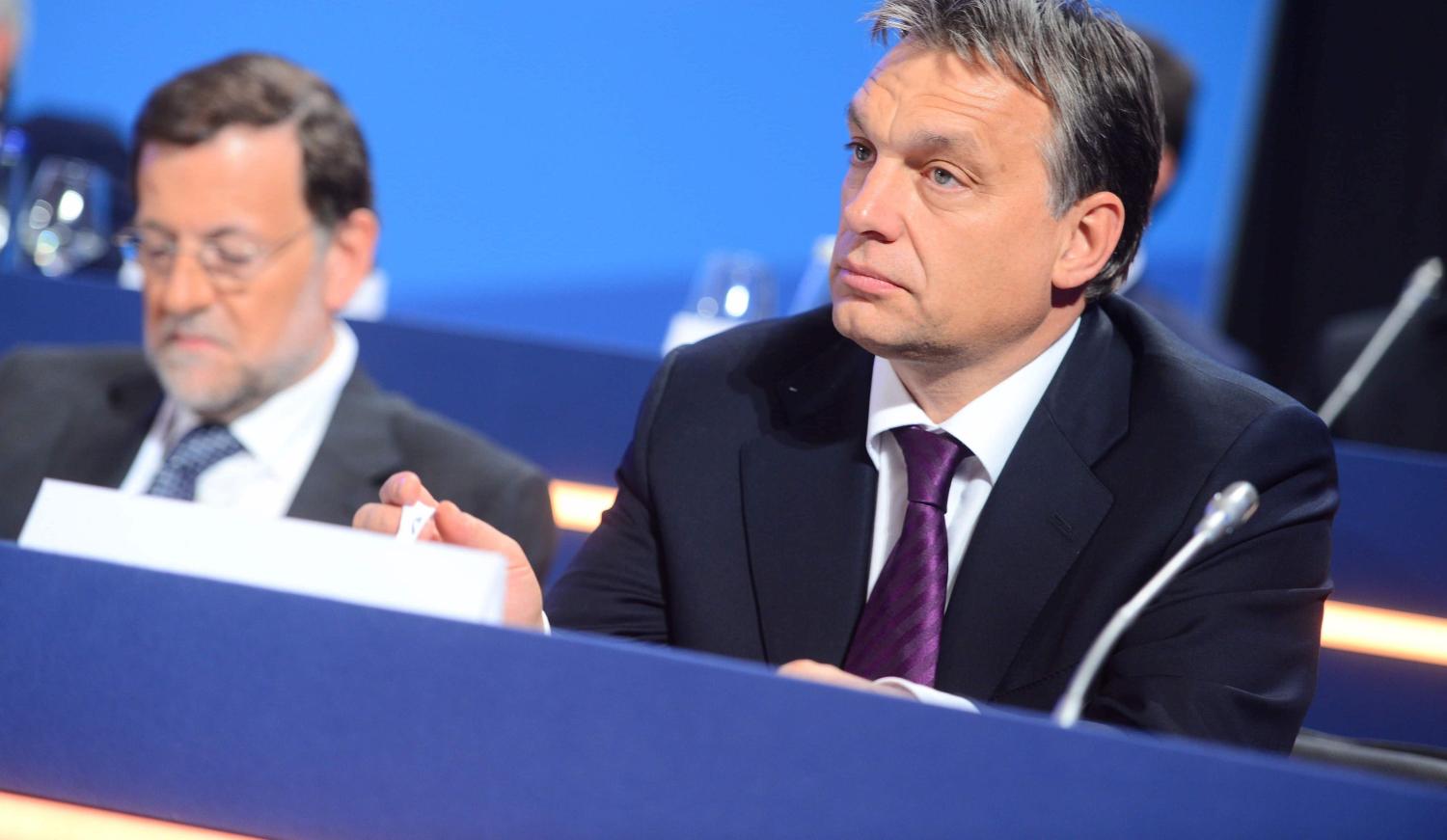The overwhelming victory of Prime Minister Viktor Orbán’s Fidesz party in Hungary’s 8 April elections is yet another sign that nationalist and populist parties are alive and kicking in Europe.
Fidesz won 49% of the vote, about the same percentage as the seven largest opposition parties combined, and is likely to have a two-thirds majority in Hungary’s parliament. It will be Orbán’s third term as Prime Minister.
The win will provide Orbán and his government with a very strong mandate to continue as one of Europe’s mavericks. His strong anti-Brussels and anti-immigration platform will cause huge headaches for an EU struggling to restructure itself following Brexit.
Orbán’s policies will also underline the very significant differences of opinion that exist between those member states governed by nationalist/populist parties, such as Fidesz, which do not support further European integration, and those governments, Germany and France in particular, who argue the lesson from Brexit is that Europe needs to integrate more actively and aggressively.
Coupled with this are major concerns in Brussels, Berlin, and Paris about steps Orbán might take to clamp down even further on democratic rights, especially limits on media freedom, the independence of the judiciary, and NGOs.
EU President Jean-Claude Juncker has already fired a shot across Hungary’s bows: his spokesman, in noting that Juncker would be congratulating Orbán, emphasised Juncker’s view that:
the European Union is a union of democracy and values … defending these principles and defending these values is the common duty of member states, with no exception.
Orbán’s big win will also embolden nationalist/populist parties elsewhere in Europe, whether in government or not. It is striking to read the congratulatory messages to Orbán from his fellow-travellers elsewhere in Europe.
Poland’s Jarosław Kaczyński, who visited Hungary during the campaign to support Fidesz, described Poland and Hungary as friends on a “shared road towards our nations being independent, capable of deciding our own future, our own internal affairs”. He said the two countries were “pointing Europe in the right direction”, not undermining it.
Geert Wilders from the Netherlands congratulated Orbán on a “well-deserved victory”. France’s Marine Le Pen described Orbán’s win as a “great and clear victory … the reversal of values and the mass migration of the EU have once again been rebuffed”. She went on to claim nationalists could gain a majority in next year’s European Parliament elections.
The parliamentary leader of the German Alternative for Germany (AfD) party, Beatrix von Storch, described Orbán’s win in glowing terms, as “a bad day for the EU, a good one for Europe”.
This underlines the point that nationalist/populist parties (most, but not all, are from the far right) remain strong in Europe and could benefit from the current disarray in the European Union. Deep-rooted and popular concerns remain about illegal migration and the concentration of power in Brussels, compounded by poor governance in some European countries and disillusionment with traditional political parties. Economic problems continue in many European countries, as do concerns about globalisation, Russian destabilisation of the West, and grave doubts about the reliability of the US under President Trump.
Nationalist/populist parties are now represented in parliaments across Europe, including in the majors. In some countries, such as Poland and Hungary, they form government; in others, such as Austria, they are part of a governing coalition; and in others they tolerate minority governments. In all European countries nationalist/populist parties are reshaping the political environment and forcing traditional parties to confront the issues they raise, and to look for new coalitions.
EU states with the highest populist share of votes include Hungary, Greece, Poland, Italy, the Czech Republic, Cyprus, Slovakia, Estonia, Lithuania, and Bulgaria.
In Germany, following the very difficult formation of the new grand coalition government under Chancellor Angela Merkel, the AfD, as the third-largest party in the Bundestag with 12.6% of the vote at the September 2017 election, is now formally the official opposition.
In France, the National Front remains at about the same level as at the last French parliamentary elections. We should not forget, however, that Le Pen reached the final round against Emmanuel Macron in the 2017 presidential election. Things can change quickly if Macron slips.
The Eurozone’s third-largest economy, Italy, is probably the best current example of the capacity of populist/nationalist parties to exploit voters’ fears. Italy has yet to form a government following the March 2018 elections. But the populist Five Star Movement (M5S) under Luigi Di Maio became the largest single party, with around 32% of the vote.
Since then – and despite rejecting, during the campaign, the idea of going into a coalition with anyone – M5S has been engaged in discussions with others about forming a government. This has even included the nationalist, centre-right Lega (League) party.
Whatever does emerge, the fact remains that Italians voted for an absolutely non-traditional party with a policy platform which is strongly Eurosceptic and anti-immigrant, reflecting the economic and social pain many Italians feel. An Italian government with that outlook will only further complicate the picture in Europe.
Hungary’s landslide support for Orbán and Fidesz is not simply a curious and isolated development. It is a sign of the continuing appeal of populist and nationalist parties in Europe to voters unhappy with traditional parties, and a factor that will be fundamentally important in reaching agreement on what the new Europe might look like.
And it is, of course, not only a European phenomenon.

